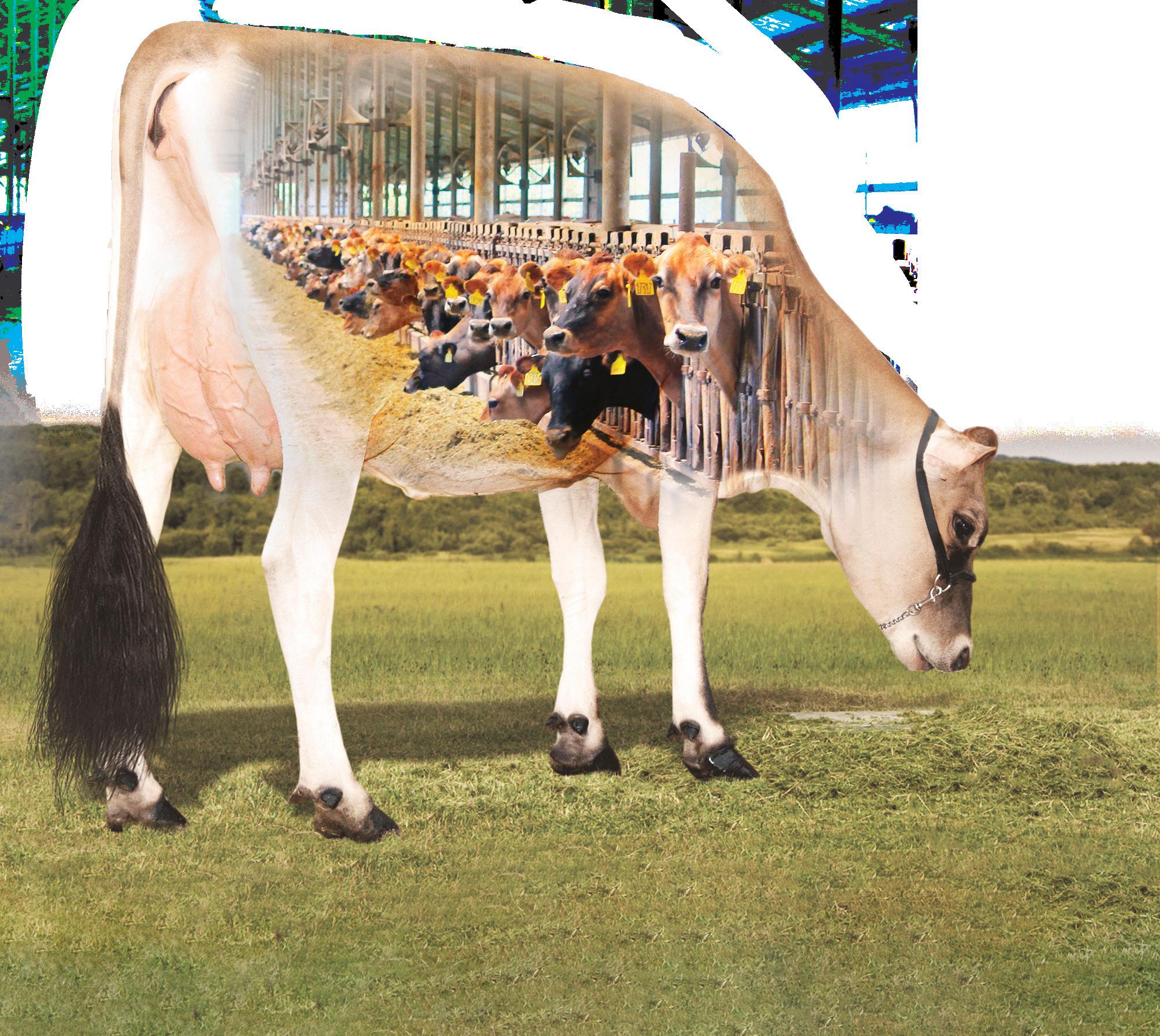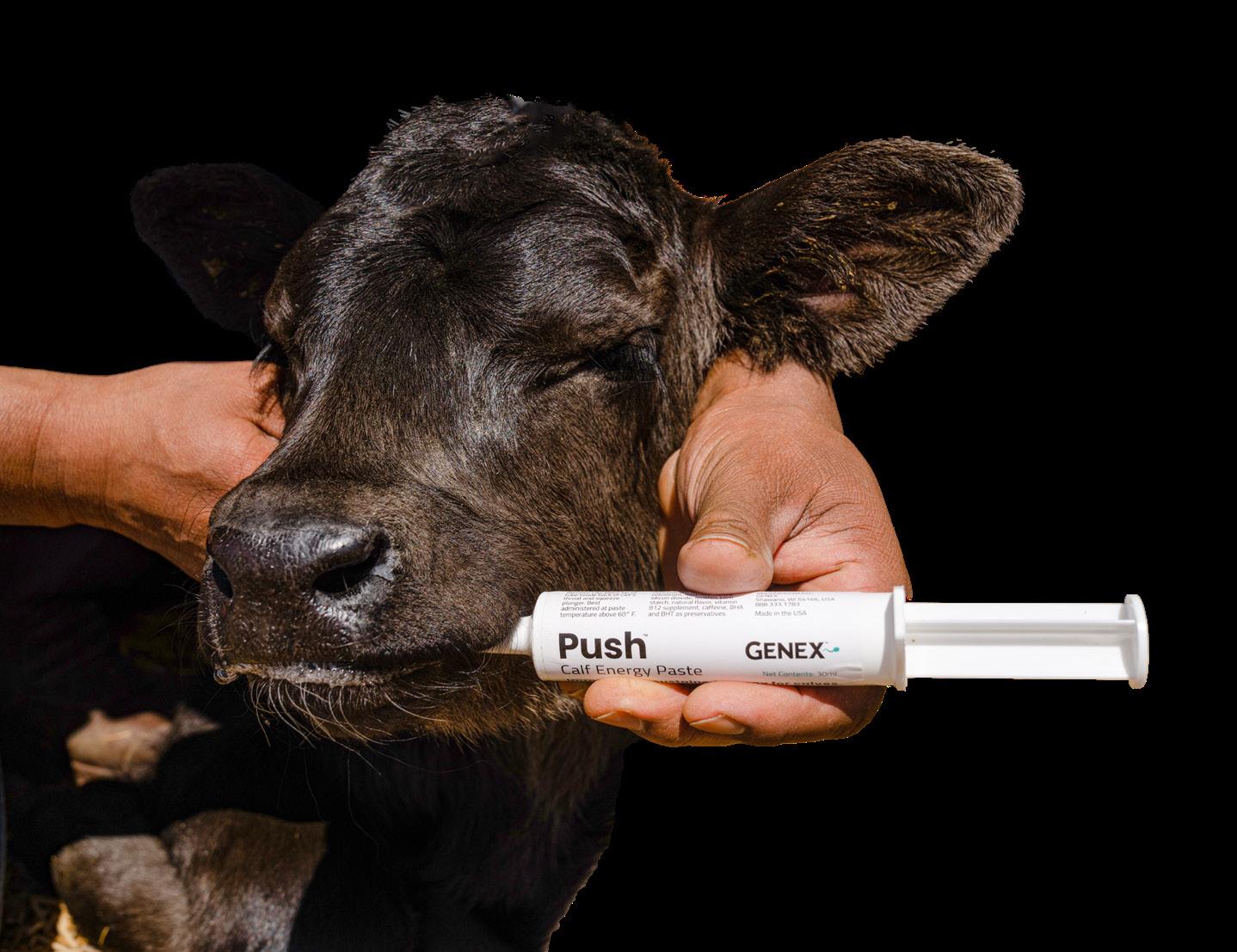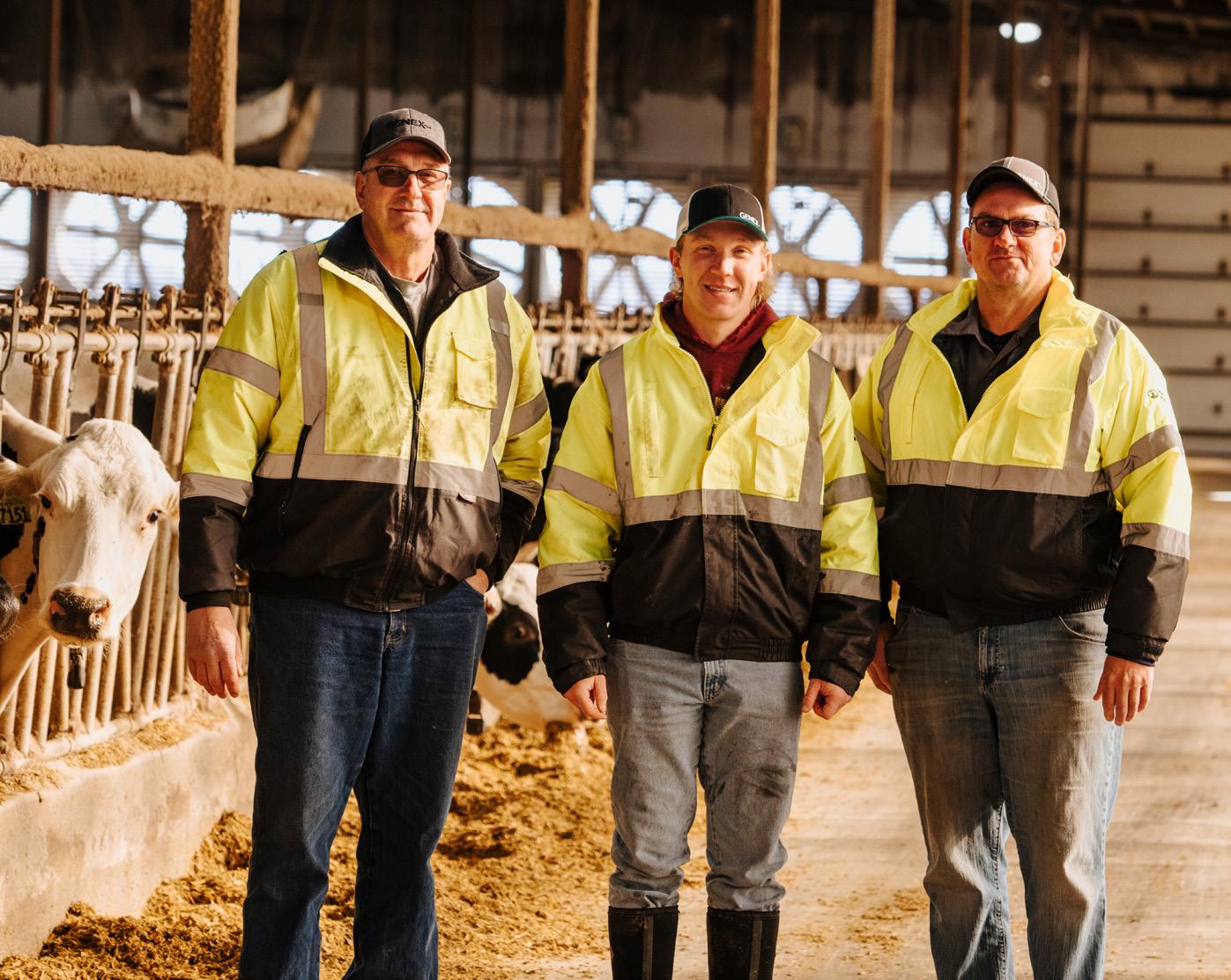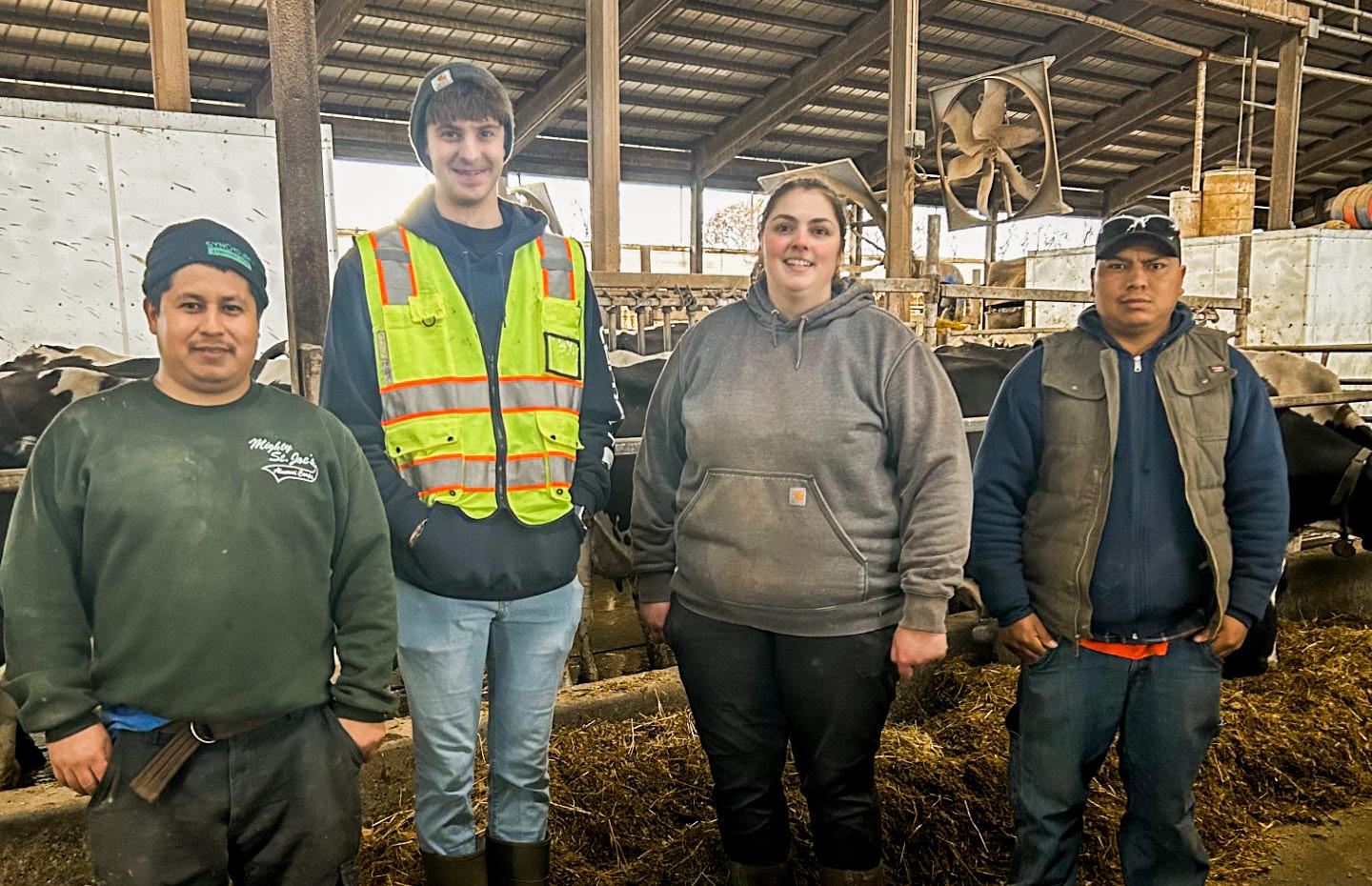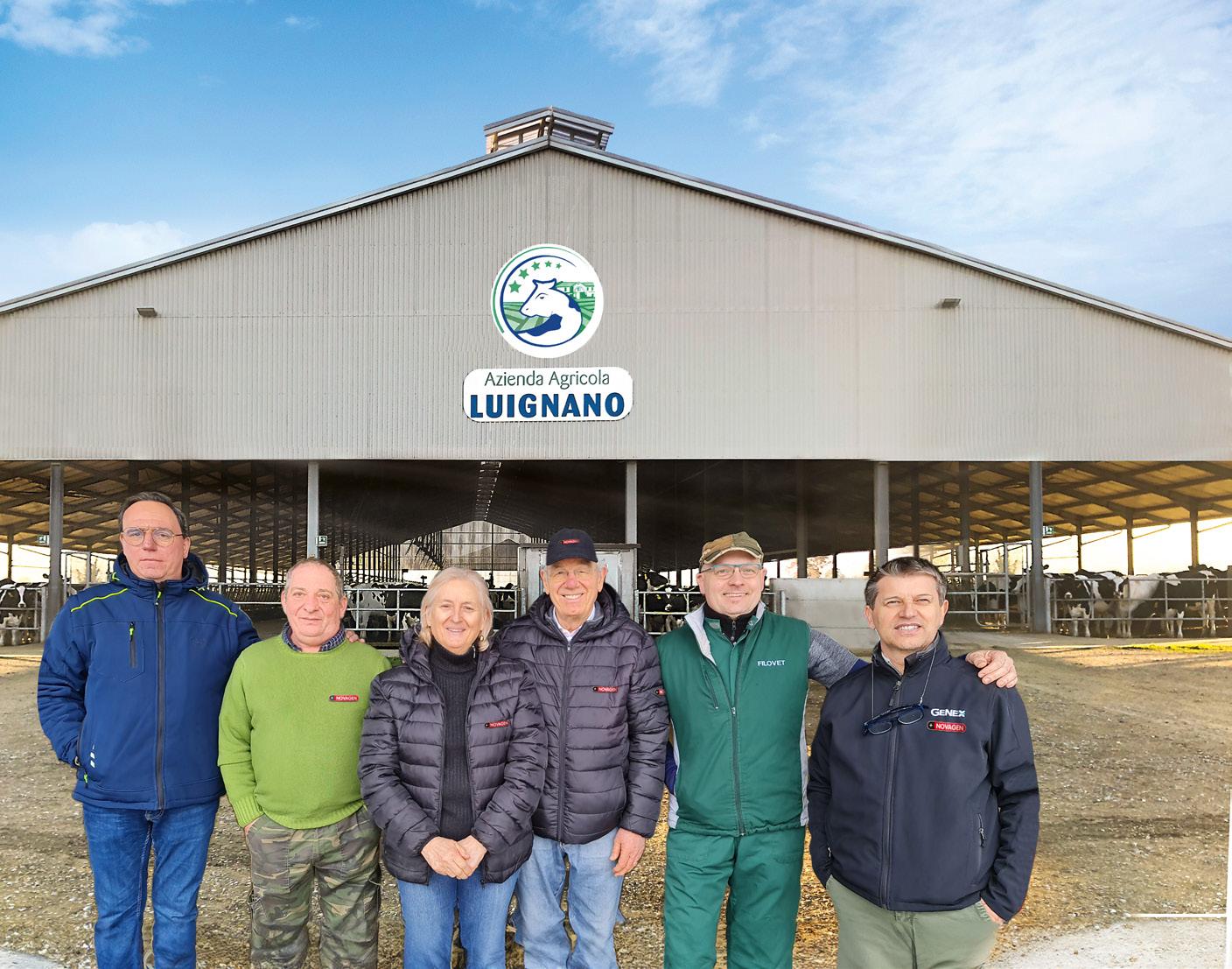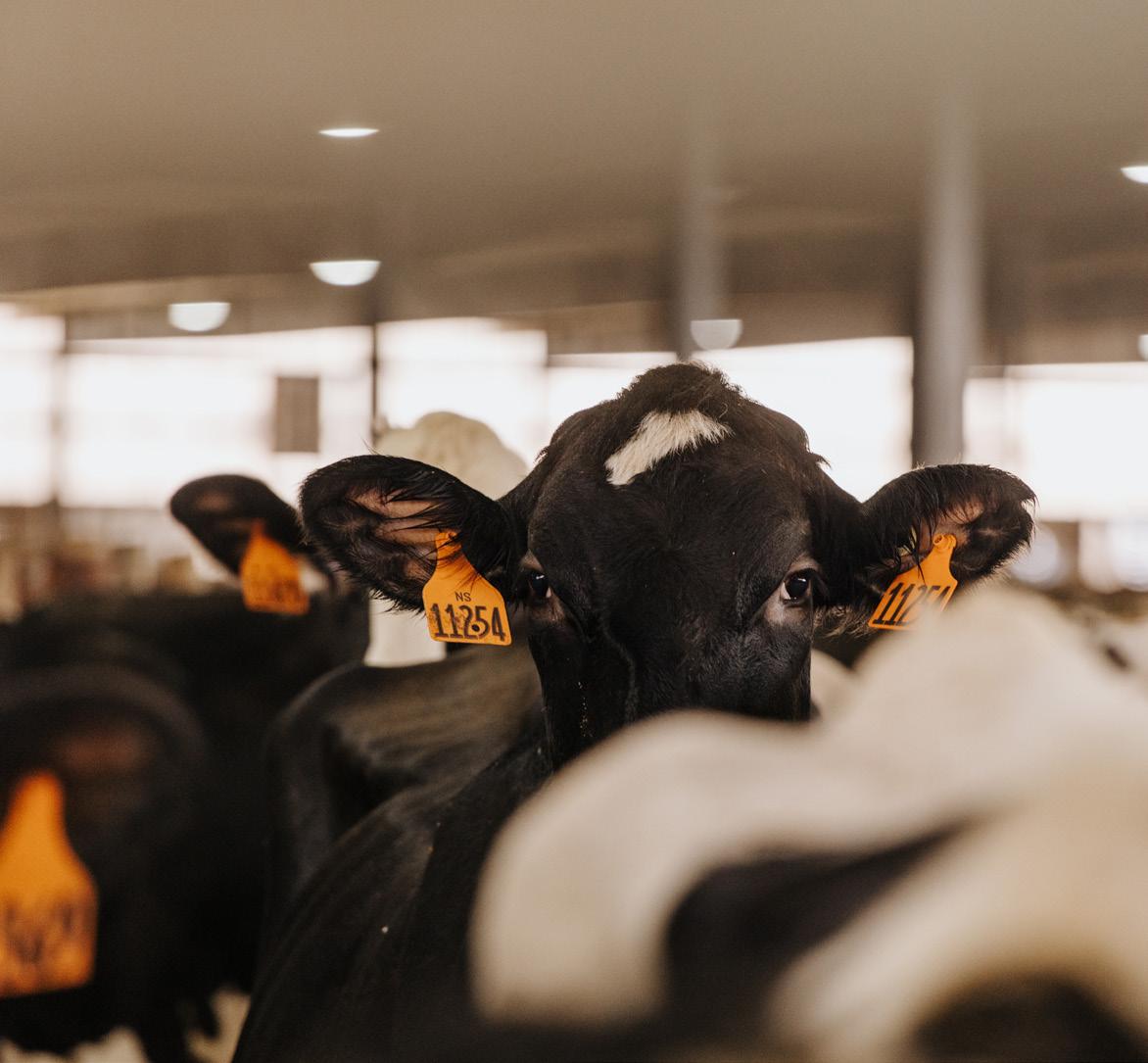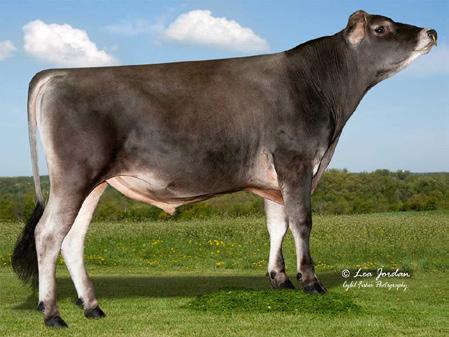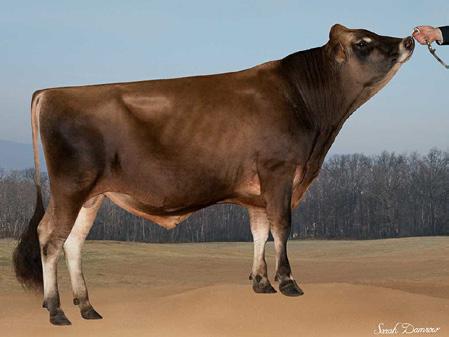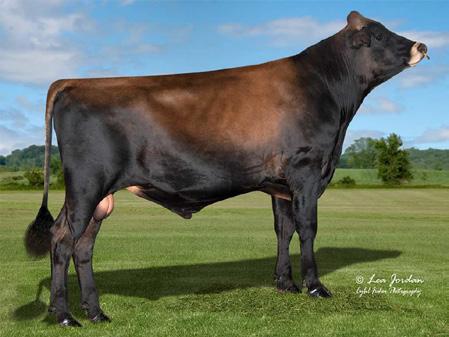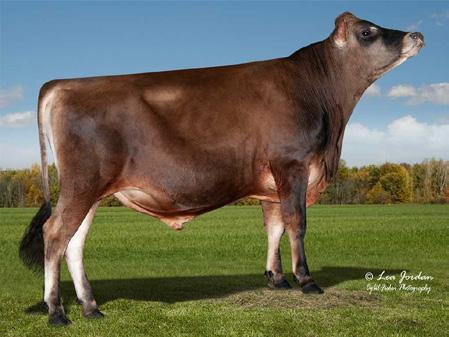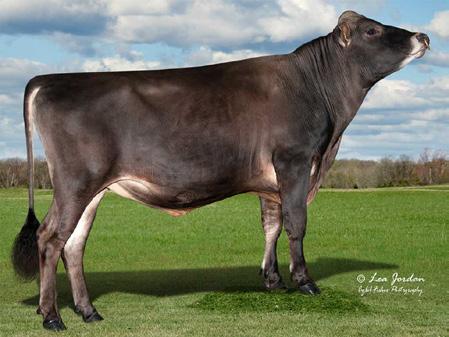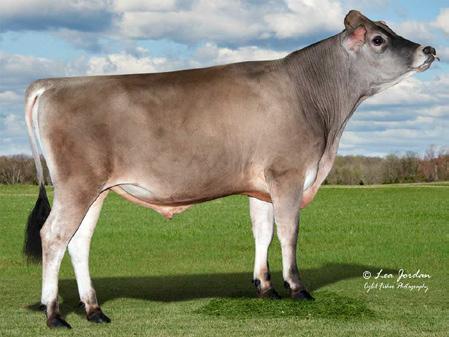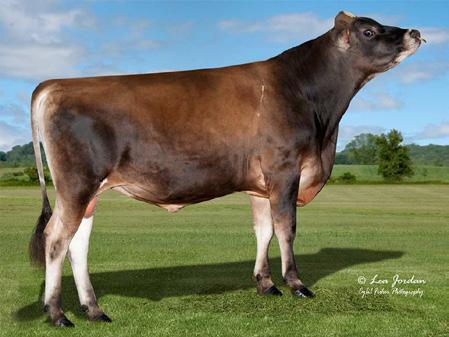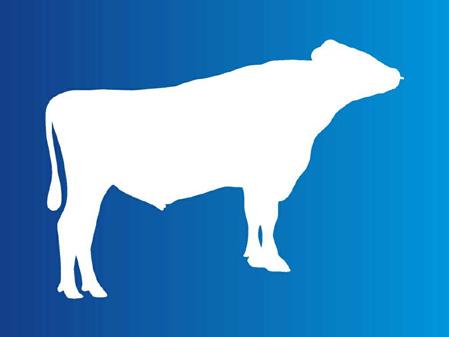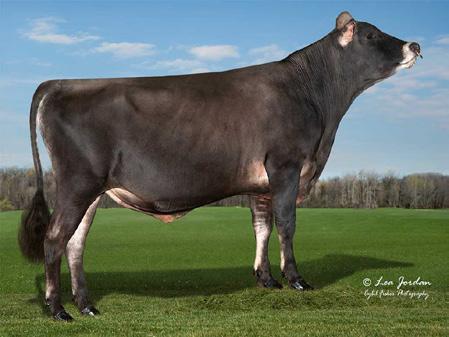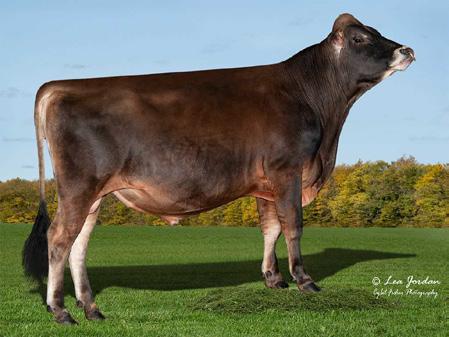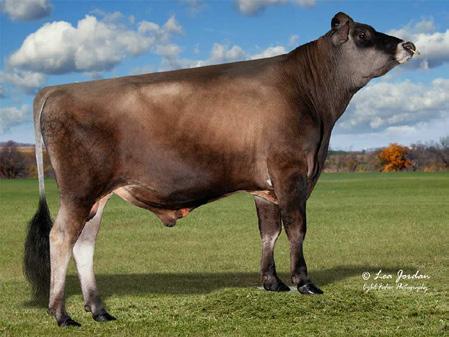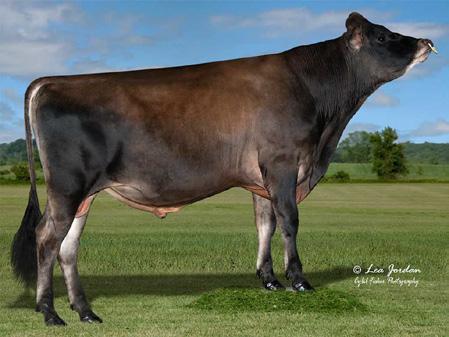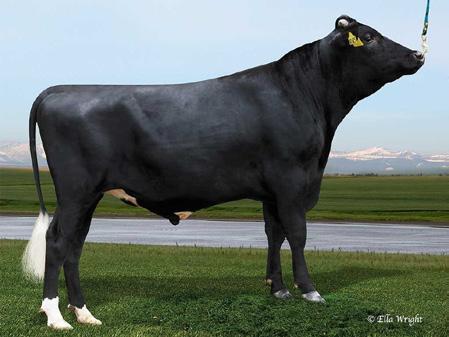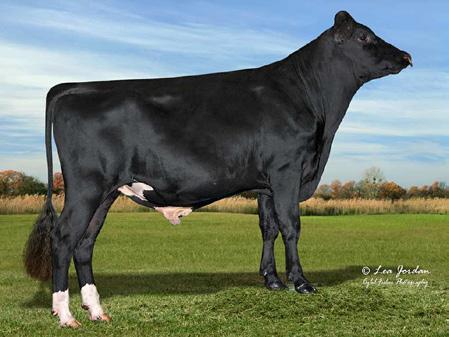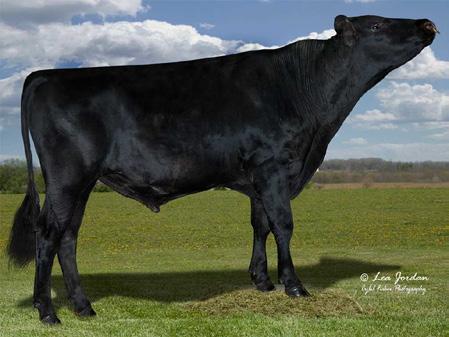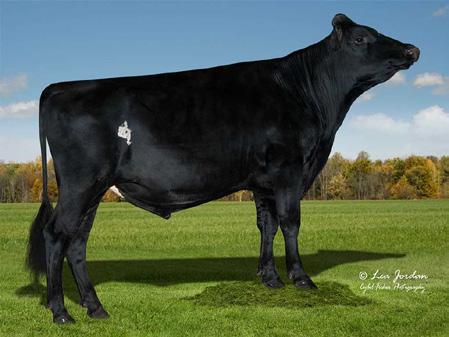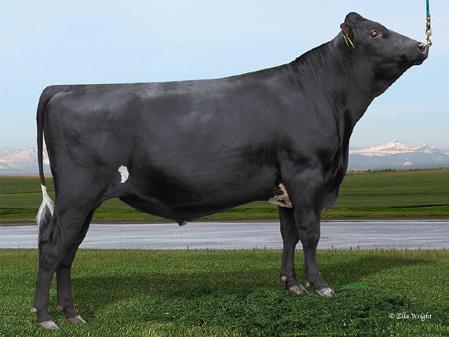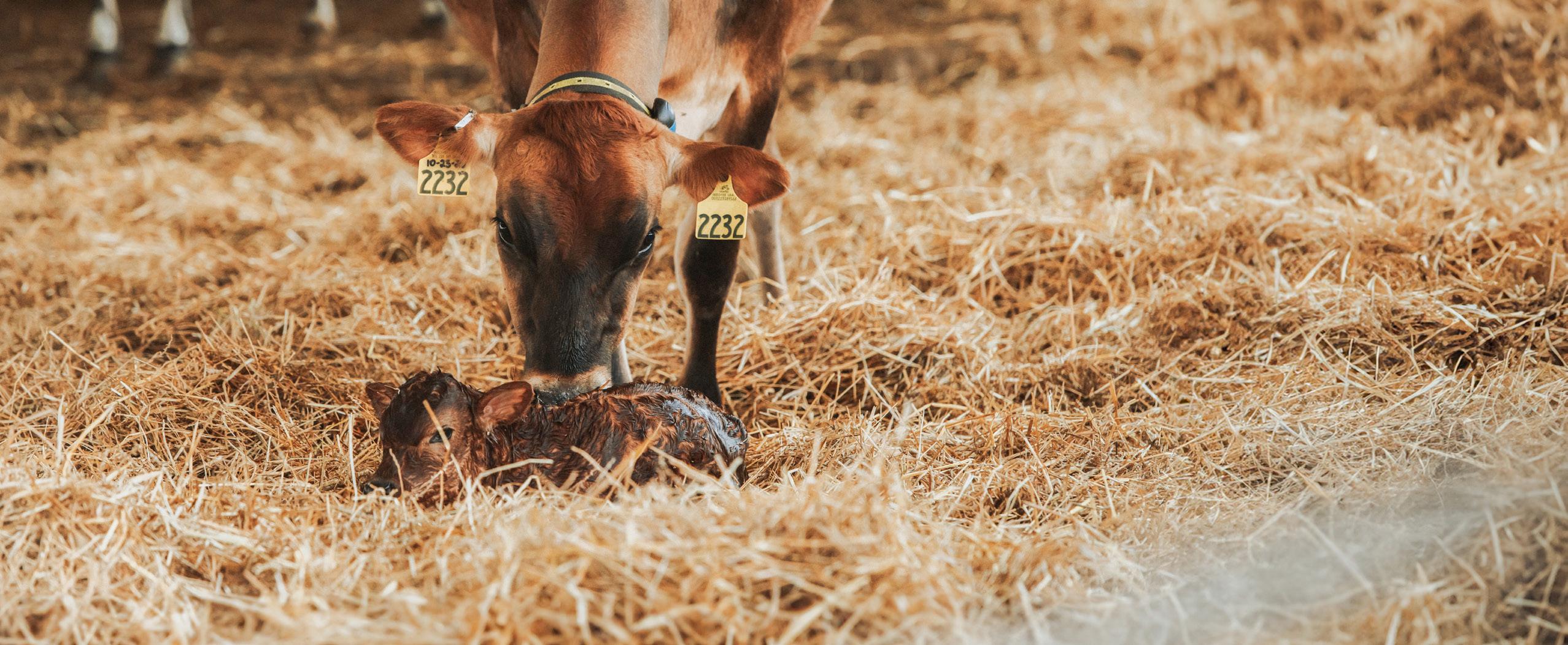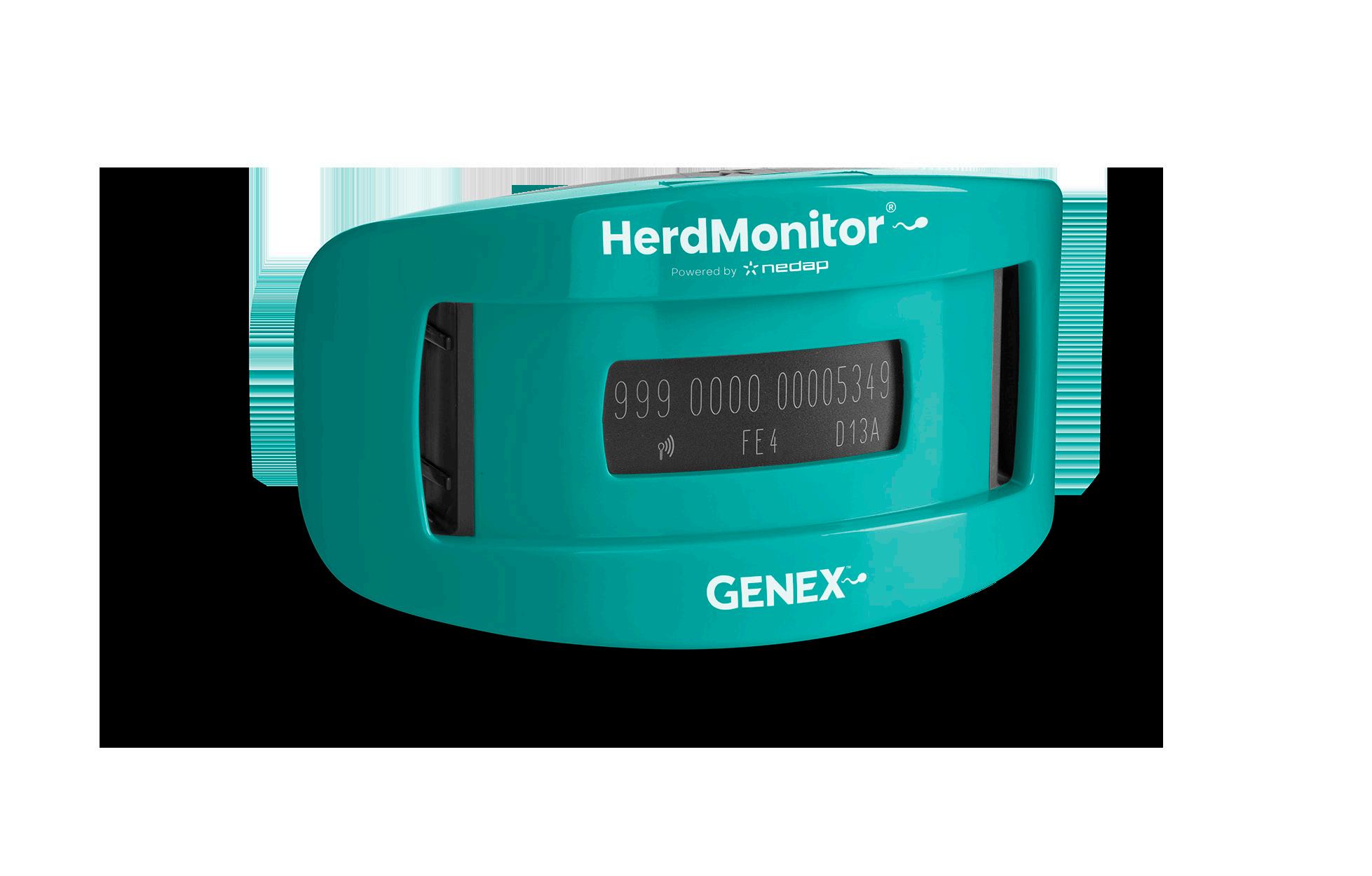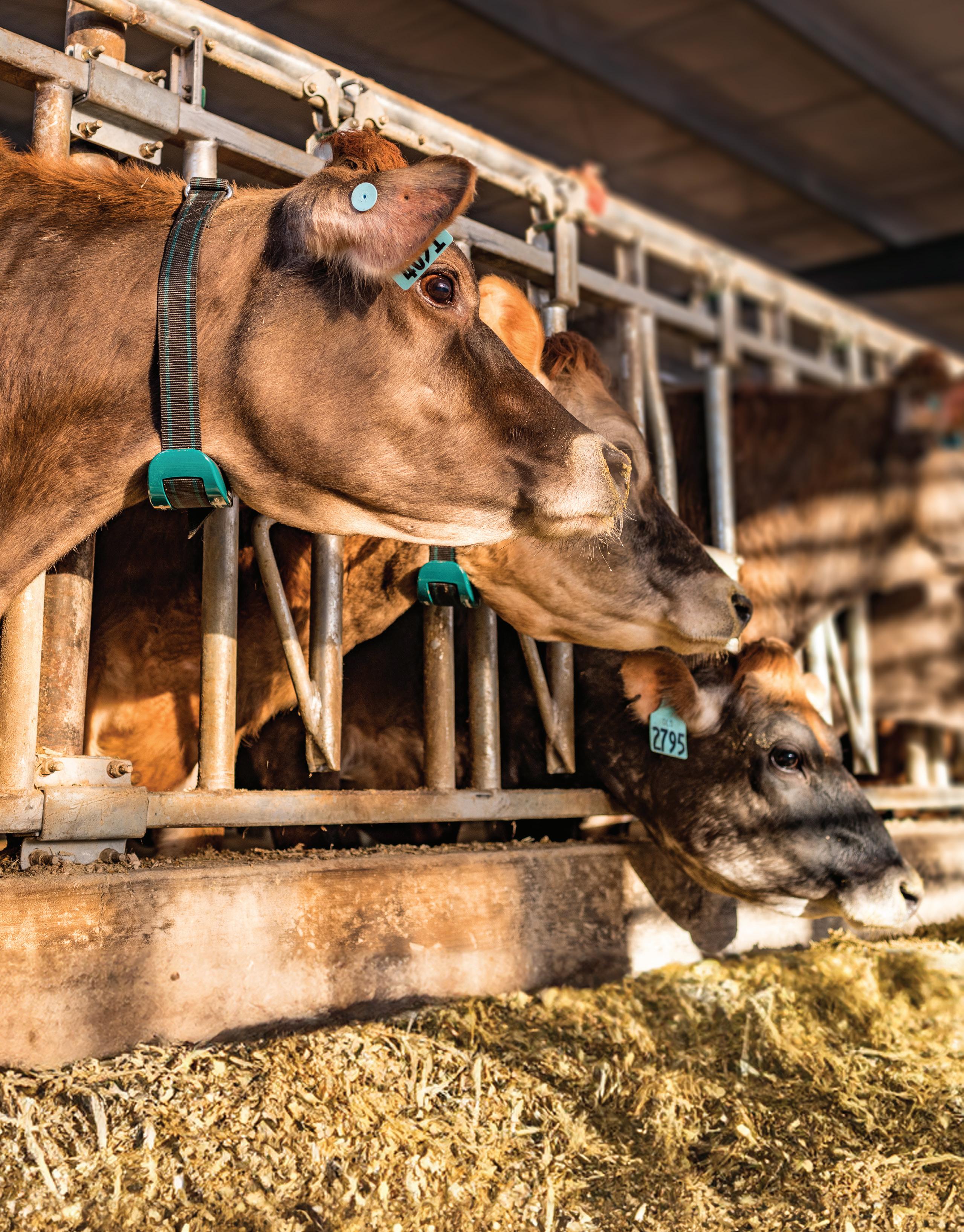GENEX Excellence in Reproduction & Genetics
award winners.
This decade-long recognition program evaluates nominated herds based on cow and heifer reproduction, as well as genetic information. Farms from across the globe compete in one of five categories based on size, location and type of operation.
Learn more about the winners and this prestigious award. Scan the code to view now.
Blue Prairie Holsteins | Wisconsin
Nominator: Lindsey Geddes, Reproductive Program Senior Technician
Scheps Dairy | Wisconsin
Nominator: Pete Weber, National Account Manager
Maple Ridge Dairy | Wisconsin
Nominator: Pete Weber, National Account Manager
Landmark Farms | New York
Nominator: Cat Thrasher, Dairy Account Manager & Consultant
AZ.AGR. Cervi Ciboldi | Italy
Nominator: David Ellis, Progressive Herd Consultant
What does it take to be at the top?
39% average pregnancy rate
54% average conception rate
80% average service rate
Genetics that average in the top 5-10% for ICC™
PLATINUM GOLD
< 500 Cows Blue Prairie Holsteins Dorrich Dairy Inc.
500-2000 Cows Scheps Dairy Ruedinger Farms
> 2000 Cows Maple Ridge Dairy Riverbend Dairy LLC
Heifers Landmark Farms Rocking S Dairy
International AZ.AGR. Cervi Ciboldi ROZHDESTVO, LLC
Terminology
ICC
ICC for Holsteins is the combination of three sub-indexes: 60% Production Efficiency (PREF), 27% Sustainability (SUST) and 13% Fertility (FERT).
ICC for Jerseys and Mixed Breed sires is the combination of three sub-indexes: 46% Cheese Maximizer (ChMAX), 36% Sustainability (SUST) and 18% Fertility (FERT).
Lifetime Net Merit $ (NM$)
Calculated by the Council on Dairy Cattle Breeding (CDCB) and measures net profit over the lifetime of a bull’s average daughter.
Lifetime Cheese Merit $ (CM$)
Designed for producers who sell milk in a cheese market and value high protein premiums. Calculated by the CDCB and combines the same traits as the NM$ index.
Reliability (Rel)
A measure of the amount of information in a trait. Reliability is expressed as a percentage, ranging from 1 to 99. The closer the reliability is to 99, the more reliable the proof.
Daughters
The number of daughters included in the bull’s milk proof.
Herds
The number of different herds a bull’s daughters are located in (considering daughters which are included in the bull’s milk proof).
PTA Milk
Predicted Transmitting Ability (PTA) for milk production in pounds, reflecting the expected milk production of future mature daughters.
PTA Fat Pounds
PTA for butterfat in pounds, reflecting the expected butterfat production of future mature daughters.
PTA Fat Percent
Indicates the genetic variance of a bull’s PTA for transmitting fat as being positive or negative.
PTA Protein Pounds
PTA for protein production in pounds, reflecting the expected production of future mature daughters.
PTA Protein Percent
Indicates the genetic variance of a bull’s PTA for transmitting protein as being positive or negative.
Combined Fat and Protein (CFP)
The sum of PTA Fat pounds and PTA Protein pounds.
PTA Feed Saved (FSAV)
Represents the expected pounds of feed saved per lactation based on Body Weight Composite and Residual Feed Intake evaluations. Larger, positive values are more favorable.
RobotX™
GENEX composite value focused on genetics for easy milking. A value of 100 is considered average with higher numbers being more desirable.
PTA Productive Life
A measure of the expected longevity of a bull’s average daughters, measured in months.
Daughter Pregnancy Rate (DPR)
Percentage of nonpregnant cows that become pregnant during each 21-day period. A DPR of 1.0 implies daughters from this bull are 1.0% more
likely to become pregnant during that estrous cycle than a bull with an evaluation at zero.
PTA Somatic Cell Score (SCS)
The PTA for SCS is used to improve mastitis resistance. Bulls with lower SCS values are expected to have daughters with better mastitis resistance.
PTA Livability (LIV)
Predicts cow’s transmitting ability to remain alive while in the milking herd.
PTA Heifer Livability (H. LIV)
The expected livability percentage of a bull’s female offspring from 2 days after birth up to 18 months of age in a herd with average management conditions. Larger, positive values are more favorable.
PTA Gestation Length (GL)
Shows the influence each service sire is expected to have on the number of days his mates carry their calves during pregnancy.
PTA Type (PTAT)
An estimate of the genetic superiority for conformation that a bull will transmit to its offspring.
Udder Composite (UDC)
An index calculated by Holstein Association USA that is a measure of a bull’s ability for udder improvement.
Feet and Legs Composite (FLC)
An index calculated by Holstein Association USA that is a measure of a bull’s ability for foot and leg improvement.
TPI® (Total Performance Index®)
A breed index calculated by Holstein Association USA.
Jersey Performance Index™ (JPI™ or URPI)
A breed index calculated by the American Jersey Cattle Association (AJCA).
Jersey Udder Index™ (JUI™ or URUI)
An index based on ability for udder improvement, calculated by the AJCA.
Sire Calving Ease
Percentage of Estimated Difficult Births in Heifers (EDBH) when they calve for the first time.
Daughter Calving Ease
Tendency of daughters of a particular sire to have more (or fewer) problems at calving than an average cow.
Service Sire Stillbirth
Measures the tendency of heifers (sired by a particular service sire) to have stillborn calves when the heifer calves for the first time. Expressed as percent stillbirths, where stillborn calves are those scored as dead at birth or born alive but died within 48 hours of birth.
Daughter Stillbirth
Measures the ability of a particular cow (daughter) to produce live calves.
Early First Calving (EFC)
Defined as age in days at first calving. Animals expected to transmit genetics that decrease the age at first calving have a positive EFC value, because calving younger is seen as more beneficial.
Sire Fertility (SCR)
Sire Conception Rate or SCR is the difference of the conception rate of a sire expressed as a percent comparison. SCR is based on conception rate and includes data on multiple services per lactation (up to 7). A SCR of +1.2 means the bull is 1.2% above averages.
Heifer Conception Rate (HCR)
Percentage of inseminated virgin heifers that become pregnant. A bull with an evaluation of 1.0 would have daughters that as heifers would be 1% more likely to become pregnant. Services are only included if the heifer is at least 12 months old and less than 2.2 years.
Cow Conception Rate (CCR)
Lactating cow’s ability to conceive based on the percentage of cows inseminated that become pregnant. If a bull’s CCR is 1.0, his daughters would be 1% more likely to become pregnant during that lactation than a bull with an evaluation of zero.
Zoetis Wellness Indexes
Dairy Wellness Profit Index® (DWP$®), Wellness Trait Index™ (WT$™) and Calf Wellness Index™ (CW$ ) are sourced from Zoetis.
Beta-Casein
A major casein protein making up 30% of total milk protein. Variations include A1A1, A1A2, A2A2.
Kappa-Casein (cheese production)
Variants A, B and E are associated with milk protein and quality. Variant combinations are related to the processing of cheese.
Linear Type Traits
Genetic evaluations for the 18 linear type traits are expressed as Standard Transmitting Abilities (STAs).
Genetic Base
The genetic base for the evaluations is PTA 20, representing the average of cows born in 2015.
Find More Traits on the GENEX Dairy Bull Search App!
PregCheck™ fertility rankings: GENEX fertility rankings for conventional semen. Updated monthly. Higher numbers are more desirable.
PregCheck+™ fertility rankings: GENEX fertility rankings for GenChoice™ sexed semen. Updated monthly. Higher numbers are more desirable.
CDCB health traits: Six health traits presented as percent of disease resistance. Positive values indicate greater resistance than breed average.
CDN functional traits: Five functional traits set to a 100 average with higher numbers being more desirable
www.genex.coop/herdmonitor



